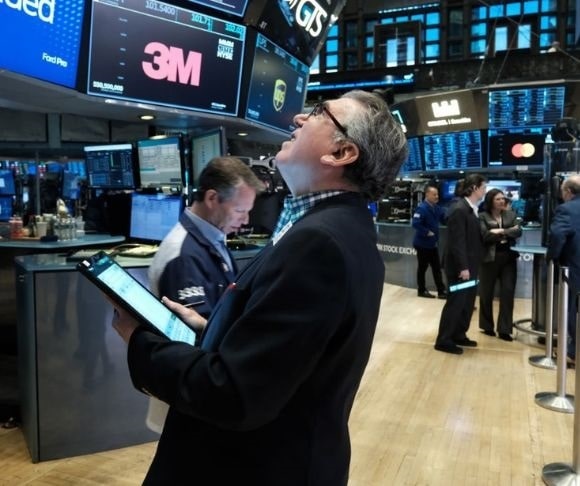The last time U.S. inflation was this hot, Dmitry Medvedev became Russia’s president, Kosovo declared independence, and the Philadelphia Phillies won the World Series. Inflation in the time of COVID-19 has been enormous as nearly every aspect of the marketplace is reporting higher prices, from food to energy to used automobiles. Despite the Federal Reserve and the White House insisting this is a blip on the radar, some economists warn that this is a permanent trend in the world’s largest economy.
Inflation Runs Hot in June
According to the Bureau of Labor Statistics (BLS), the U.S. annual inflation rate surged to a 13-year high of 5.4% in June, up from 5% in May. The market had penciled in a reading of 4.9%. The core inflation rate, which excludes volatile products from the food and energy sectors, advanced 4.5%, higher than the 4% forecast.
On a month-over-month basis, price inflation rose 0.9%, the largest single-month change since June 2008. The core monthly inflation rate also clocked in at 0.9%, more than doubling projections.
Beef prices surged 4.5%. Fruits and vegetables grew 0.7%. Poultry, fish, and eggs swelled 2.5%. The only food category to post a decline was cereals and baked goods, sliding 0.3%. It should be noted that this is in the United States. Globally, it is skyrocketing and creating a crisis in developing nations. Here is a list of the U.S. indexes and how they performed MoM in June:
- Food: +0.8%
- Energy: +24.2%
- New Vehicles: +2%
- Used Cars: +10.5%
- Medical Care: -0.1%
- Household Furnishings: -0.1%
What is contributing to the upward pressure on the consumer price index (CPI)? Market analysts point to a broad array of factors: the central bank printing one-quarter of all U.S. dollars ever created, higher commodity prices, supply chain woes, rising wages, and falling business inventories. Wall Street estimates suggest that higher prices are here to stay for at least another year, particularly as the post-pandemic economy tries to catch up from last year’s destruction. The New York Fed’s Survey of Consumer Expectations for June highlighted that median inflation expectations over the next 12 months jumped to 4.8%, the highest in the series’ history.
But even the Federal Reserve has been surprised by how high inflation has risen. The Eccles Building wrote in the policy minutes from the June Federal Open Market Committee (FOMC) policy meeting that “participants remarked that the actual rise in inflation was larger than anticipated.” Although the CPI is climbing, New York Fed President John Williams does not see a case for tapering the institution’s unprecedented and ultra-aggressive quantitative easing (QE) push.
Market Reaction
 Following the release of the monthly BLS report, financial markets turned slightly negative in the early trading session on July 13. The Dow Jones Industrial Average (DJIA) shed about 100 points, the S&P 500 slipped 0.31%, and the Nasdaq Composite Index fell 0.28%. The Treasury market was mainly in the green, with the benchmark 10-year yield up 0.015% to 1.378%. The U.S. Dollar Index (DXY), which gauges the greenback against a basket of currencies, soared 0.43% to 92.65, from an opening of 92.23. The metals market hardly reacted to the strengthening inflation numbers.
Following the release of the monthly BLS report, financial markets turned slightly negative in the early trading session on July 13. The Dow Jones Industrial Average (DJIA) shed about 100 points, the S&P 500 slipped 0.31%, and the Nasdaq Composite Index fell 0.28%. The Treasury market was mainly in the green, with the benchmark 10-year yield up 0.015% to 1.378%. The U.S. Dollar Index (DXY), which gauges the greenback against a basket of currencies, soared 0.43% to 92.65, from an opening of 92.23. The metals market hardly reacted to the strengthening inflation numbers.
Bidenflation – What Now?
As the Fed asseverates that the hotter inflation data is “transitory,” meaning brief, it would still be troubling for cash-strapped consumers to adapt to this type of environment, especially as they emerge from their coronavirus cocoons. The recent spending figures suggested that consumers are staying home, likely because of higher prices and exhausting the stimulus and relief checks. Moreover, a new survey found that one-quarter of Americans are worried about inflation, while a separate poll discovered that more than half (54%) of Americans live paycheck to paycheck. Can the public wait another year for inflation to die down? It might be challenging, and this could push the administration to sign off on a fourth income-support payment.
~
Read more from Andrew Moran.




